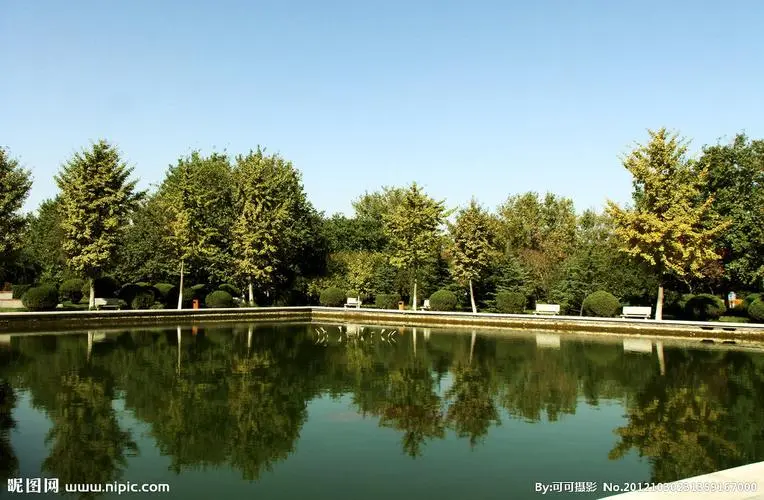金年会金字招牌信誉至上:工业互联网英文讲解稿范文
作者:金年会发布时间:2024-07-04
Introduction
With the rapid development of technology, the Industrial Internet of Things, also known as the Industrial Internet or simp IIoT, has emerged as a revolutionary concept that is transforming the industrial sector. Combining advancements in the internet and industrial systems, IIoT is reshaping the way industries operate and ping the way for a new era of art nufacturing and autotion.
金年会官方网站入口
What is Industrial Internet of Things?
IIoT refers to the integration of physical chinery and equipment with sensors, software, and network connectivity to collect, yze, and exchange data in real-time. It enables chines and devices to communicate and share infortion with each other, ultite optimizing processes, improving efficiency, and enabling predictive intenance.
Key Components of IIoT
Sensors and Actuators
Sensors play a vital role in IIoT by collecting data from various physical sources, such as temperature, pressure, vibration, and movement. Actuators, on the other hand, enable the execution of actions based on the data collected by sensors, allowing for remote control and autotion of industrial processes.
Connectivity
The connectivity aspect of IIoT involves the use of various communication technologies, such as wired or wireless networks, to tranit data between devices and systems. This seamless connectivity allows for real-time monitoring, control, and ysis of industrial processes, regardless of geographical location.
Data ytics and Cloud Computing
The ssive amount of data generated by IIoT devices is processed and yzed using advanced ytics tools and techniques. Cloud computing platforms provide the necessary infrastructure for storing, naging, and yzing this data, enabling industries to derive valuable insights and ke data-driven decisions.
Benefits of IIoT
Improved Efficiency and Productivity
IIoT enables the optimization of industrial processes, leading to increased efficiency and productivity. Real-time data monitoring allows for time identification of issues and proactive intenance, minimizing downtime and enhancing overall operational perfornce.
Cost Reduction
By streamlining operations, identifying inefficiencies, and enabling predictive intenance, IIoT helps reduce costs associated with production, intenance, and energy consumption. Additional, the use of cloud computing eliminates the need for large data storage infrastructure, further reducing expenses.
Enhanced Safety and Sustainability
IIoT enables the implementation of advanced safety systems that monitor critical parameters, detect anolies, and alert personnel in real-time. This helps prevent accidents and ensures a safe working environment. Furthermore, by optimizing energy usage and reducing waste, IIoT contributes to environmental sustainability.

Conclusion
In conclusion, the Industrial Internet of Things revolutionizes the industrial sector by leveraging the power of connectivity, data ytics, and autotion. With its ability to enhance efficiency, reduce costs, and improve safety, IIoT has become a crucial driver of the fourth industrial revolution. As industries continue to embrace this transfortive technology, the future of nufacturing and autotion appears increasing intelligent and interconnected.


